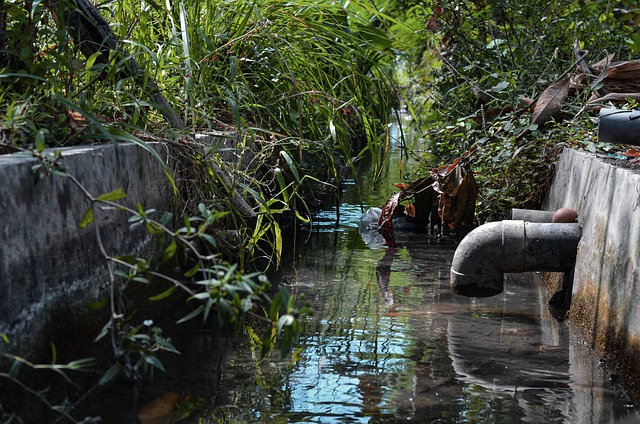
The turbidimeter measures the degree of transparency that a liquid loses in the presence of suspended particles.
A turbidimeter is a device used to measure the turbidity of a liquid . These devices can also establish the size and concentration of the particles that are in suspension through the diffusion of light in a tube.
Also called nephelometer
Before moving forward with the definition, it is important to mention that turbidimeter is not a term that is part of the dictionary of the Royal Spanish Academy ( RAE ). The accepted name for this type of instrument is nephelometer .
Turbidimeters or nephelometers, in short, measure turbidity : that is, how cloudy the fluid is. Something is cloudy, meanwhile, when it is altered or mixed with elements that take away transparency or clarity.
What the turbidimeter does is develop an optical analysis that allows it to measure particles suspended in a dissolved gas or liquid. To do this, it uses a light source and a light detector (a photocell ) that is fixed at right angles to the original beam.
Photocell
The photocell, also called photoresistor or photoresistor , is an electronic part that, when it detects an increase in light, registers a change in its resistance . Depending on how the light source is geometrically arranged, the turbidimeter has different characteristics.
Depending on the light that the particles reflect towards the photoresist, their density is estimated. In any case, the amount of light reflected by a certain density of particles depends on several factors, including the color and shape of said particles. The turbidity unit used by turbidimeters is called the Nephelometric Turbidity Unit ( NTU ).
Turbidity
This concept is fundamental to understand the work performed by the turbidimeter. This is a value that indicates how much the transparency of a liquid, such as water, is reduced when it has certain particles in suspension. The degree of turbidity increases proportionally to the number of solids that are suspended in the liquid. This parameter is very important in the field of purification: in this case, the quality of the water is inversely proportional to the turbidity.
Among the parameters that cause turbidity in water specifically, we can mention the presence of: phytoplankton, autotrophic organisms that live in water; sediments that come from erosion; sediments that are suspended at the bottom of the water, generally removed by some species of fish, such as carp, that descend there to feed. It can also occur due to the development of algae or the discharge of effluents (when urban runoff is mixed in the samples being studied).

Reduced visibility is a consequence of high turbidity
According to the World Health Organization , water with a degree of turbidity greater than 5 NTU cannot be consumed; In fact, ideally the turbidimeter should not read more than 1 NTU. This last value must be guaranteed in at least 95 percent of the samples analyzed in the treatment plants, each day. Although in each country there may be slight differences on this point, they can only be more demanding , but not less.
Regarding the effects of a high turbidity value in water, suspended particles absorb heat from sunlight, consequently increasing the temperature of turbid water. As a reference, oxygen dissolves better in cold water than in hot water. Likewise, certain organisms do not survive this change in temperature, while others proliferate. Lower visibility is also a consequence of high turbidity, because particles cause scattering of incoming light.
